
Richard Bean, who recently broke two well-known cryptograms, has received lots of media coverage in Australia. Especially, a few radio interviews he gave are worth listening.
The American Cryptogram Association (ACA) recently celebrated its 90th anniversary. One of the birthday presents was a cake bearing an encrypted inscription. Can you decipher it?
Two more bottle posts have been found in Hamburg, Germany. Still, nobody seems to have a clue what these strange messages mean.
Earlier this week, I blogged about two encpostcards sent to a Bavarian princess. My blog readers solved all the mysteries about these documents.
In the 1960s, blog reader Werner Frank acquired a number of lamps bearing strange inscriptions. Can a reader make sense of them?
In 1890, a year after her wedding, a Bavarian princess received two encrypted postcards. Can a reader decipher them?
In Canberra, Australia, there is a set of eight steel pillars bearing encrypted inscriptions. So far, they have not received much attention in the codebreaking community. Some of the cryptograms are still unsolved.
Message B, a ciphertext left behind by British parapsychologist Robert Thouless, baffled codebreakers for over 70 years. Richard Bean from Brisbane, Australia, has now broken it.
In July, I introduced a bigram substitution challenge consisting of 1346 letters. Norbert Biermann has now solved it. It’s the shortest ciphertext of this kind that has ever been broken.
Earlier this week, I blogged about an encrypted newspaper ad from 1897. Seth Kintigh from Massachusetts has solved it.

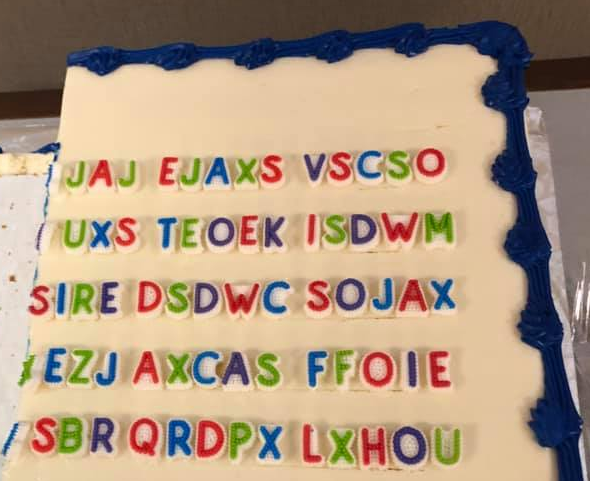

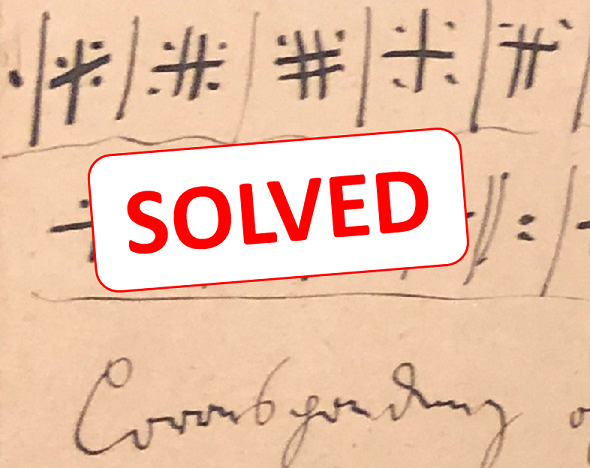
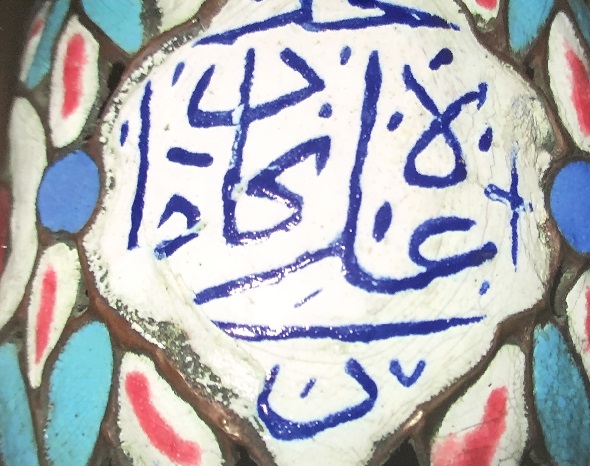
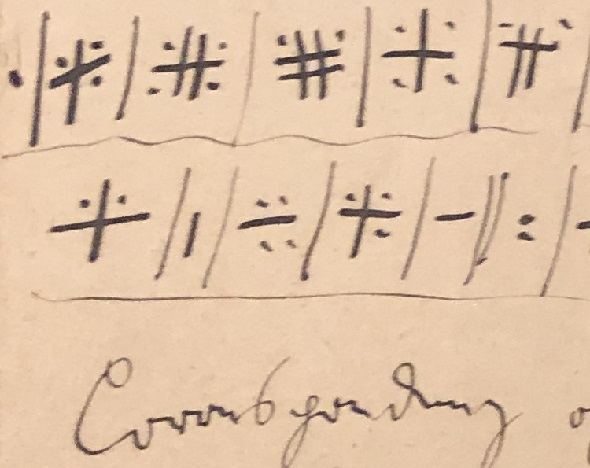
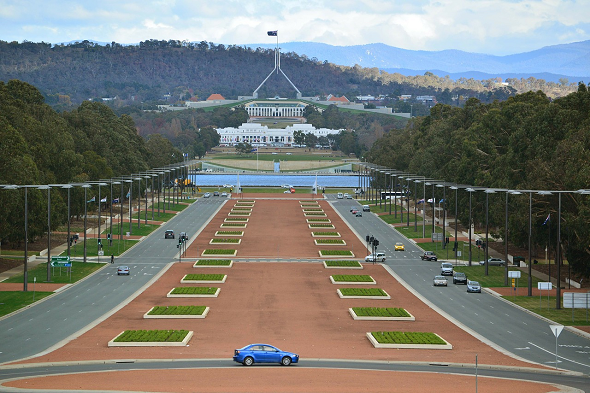
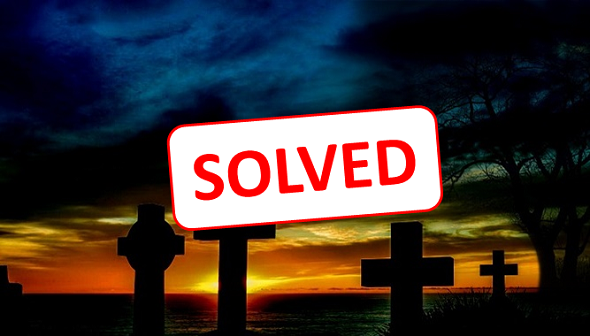
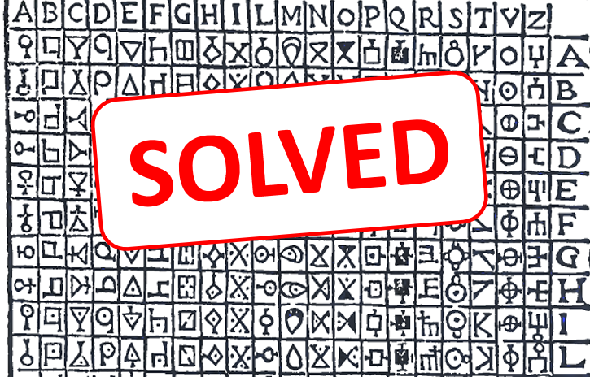

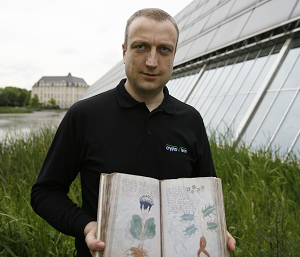
Letzte Kommentare